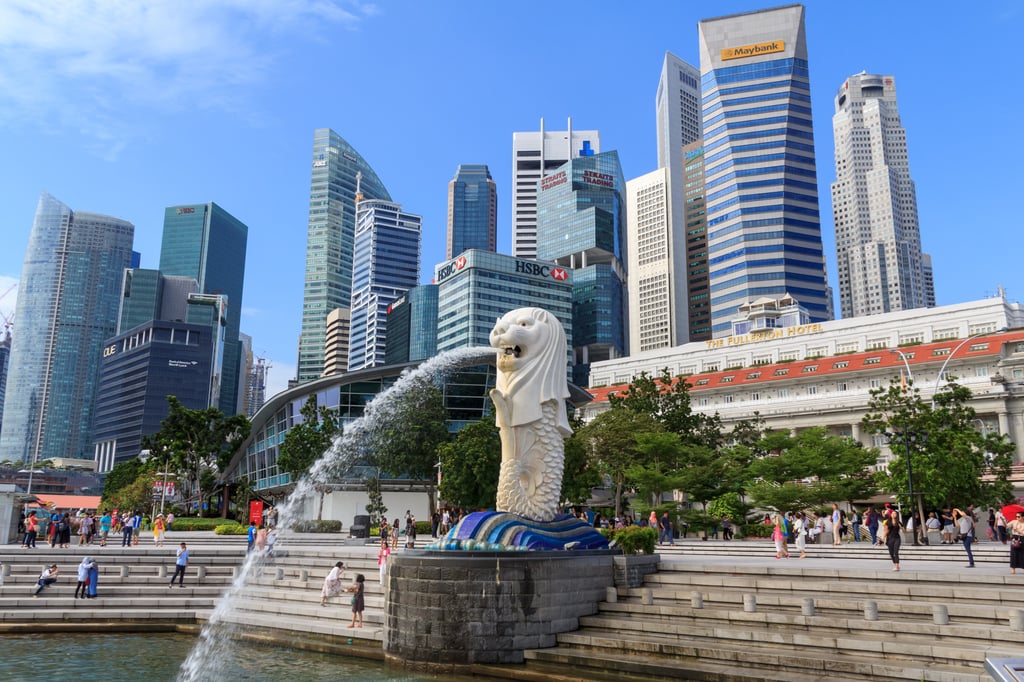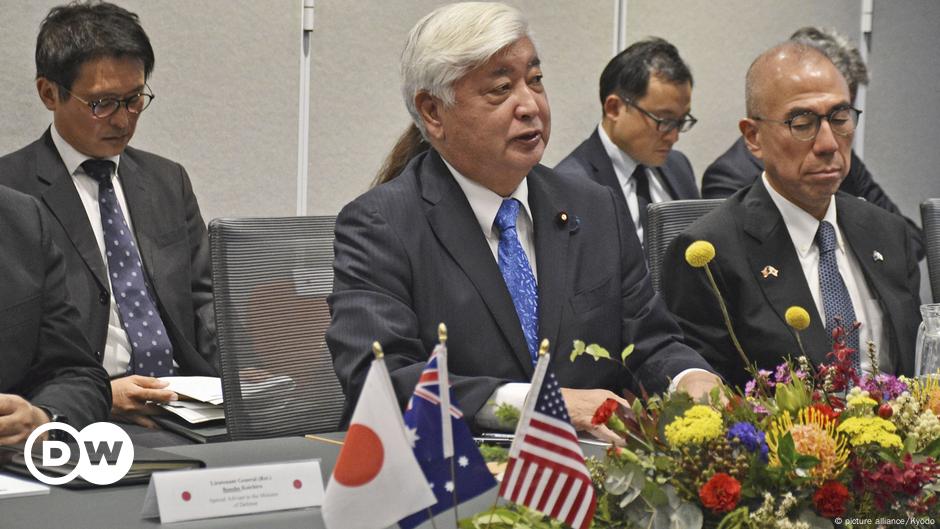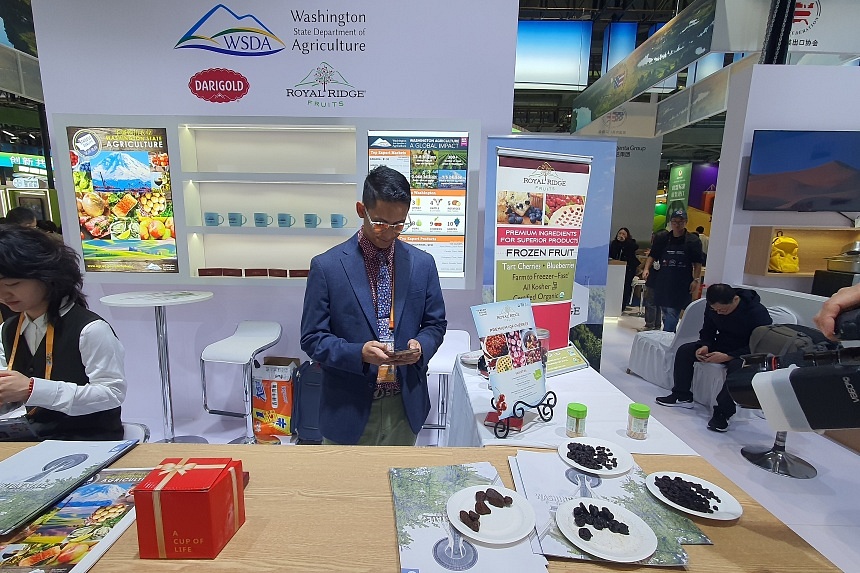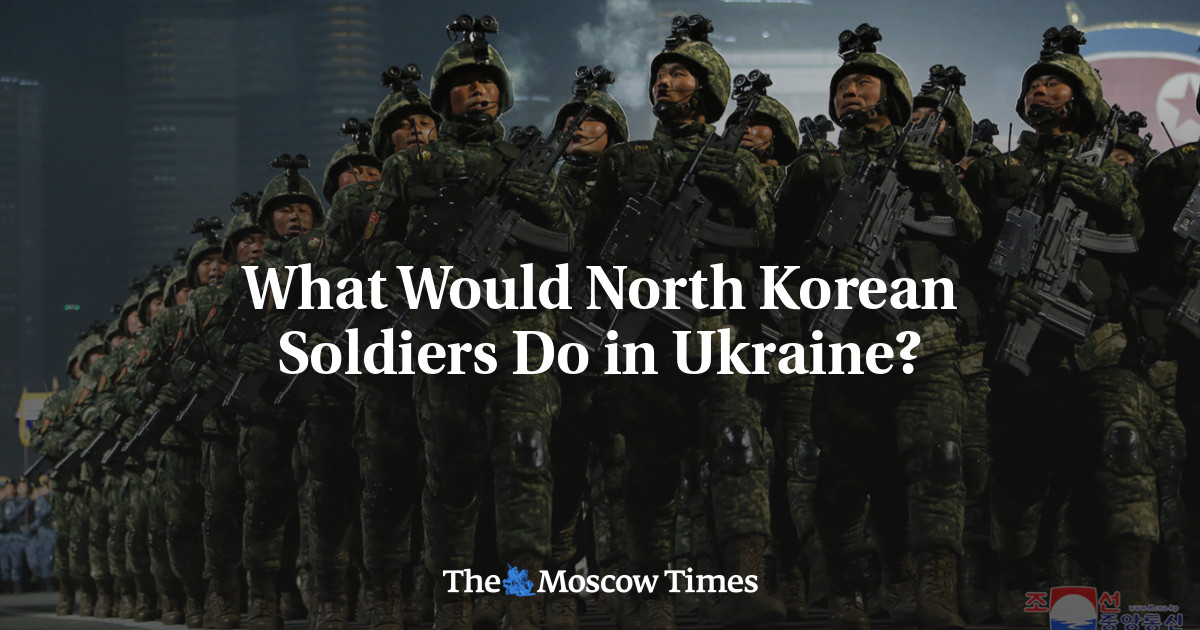What began as a landmark opposition victory in a single-seat ward in 1981 has evolved over the past four decades into a movement that now controls three of Singapore’s constituencies and has eight members of parliament.
The Workers’ Party secured a record 10 seats in the city state’s last election, leading to party chief Pritam Singh being officially named leader of the opposition – a role that had previously lacked formal recognition.
This gradual expansion of the opposition party into the most formidable political rival of Singapore’s long-ruling People’s Action Party (PAP) has come amid growing calls for increased political plurality.
The PAP’s enduring influence was built upon the economic progress and social stability it has provided to Singaporeans, with the country consistently performing well on metrics measuring growth, stability and quality of life.
Singapore’s gross domestic product soared to over S$600 billion (US$450.6 billion) last year, more than tripling from S$194 billion in 2004. The nation also maintains low crime rates and is renowned for being one of the safest cities globally, according to various international indexes.

However, changing demographics and what Hong Hai, a former PAP member of parliament, describes as a growing inclination towards Western liberal democratic values may be starting to challenge the PAP’s hold over Singaporeans.

 By South China Morning Post | Created at 2024-11-17 07:34:29 | Updated at 2024-11-17 09:27:14
1 hour ago
By South China Morning Post | Created at 2024-11-17 07:34:29 | Updated at 2024-11-17 09:27:14
1 hour ago








